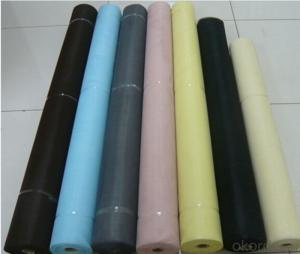Sheet Molding Compound, or SMC for short, is a unique blend of materials that has revolutionized the molding industry. This composite material is a combination of resin, filler, and glass fibers, which are all mixed together to create a versatile and robust product. SMC is widely used in various industries, from automotive to construction, due to its high strength, durability, and resistance to environmental factors. Let’s dive into the world of SMC and explore its properties, applications, and the process of molding with this advanced material.
The Composition of SMC
At the heart of SMC is the resin, which acts as a binder for the other components. The type of resin used can vary, but it is typically a thermosetting polymer. This means that once it is heated and cured, it maintains its shape and will not melt again. The filler is added to the mixture to improve the material’s bulk and reduce costs. Common fillers include calcium carbonate, talc, and glass beads. The glass fibers are what give SMC its strength and rigidity. They are woven together to create a fabric-like structure that is then impregnated with the resin mixture.
Why is SMC So Popular?
SMC’s popularity can be attributed to its numerous advantages over traditional molding materials. It is lightweight, yet incredibly strong, making it an ideal choice for parts that need to withstand heavy loads. The material is also corrosion-resistant, which means it can be used in environments where it might be exposed to chemicals or moisture. Furthermore, SMC is easy to mold into complex shapes, allowing designers to create intricate and innovative designs that would be difficult to achieve with other materials.
Applications of SMC
The versatility of SMC has led to its widespread use in various industries. In the automotive industry, SMC is used to create body panels, hoods, and trunk lids. Its strength and lightweight properties make it perfect for these applications. In construction, SMC is used for exterior cladding and roofing materials, as it can withstand harsh weather conditions and resist wear and tear. The electrical industry also benefits from SMC, utilizing it for insulation and protection of electrical components.
The Molding Process
The process of molding with SMC is both an art and a science. It begins with the preparation of the SMC material, which involves cutting it into the appropriate size and shape for the mold. The SMC is then placed into the mold, which is typically made of steel and designed to withstand high pressures. The mold is closed, and the SMC is subjected to heat and pressure, which cause the resin to flow and fill the mold cavity. Once the resin has cured, the mold is opened, and the finished part is removed.
The Future of SMC
As technology advances, so does the potential for SMC. Researchers are constantly exploring new ways to improve the properties of SMC, such as increasing its strength or reducing its environmental impact. With its current properties and future potential, SMC is poised to remain a leading material in the molding industry for years to come.
Personal Touch: Why I Love SMC
On a personal note, I’ve always been fascinated by the way SMC can be molded into virtually any shape, yet maintains its structural integrity. It’s a material that truly pushes the boundaries of what’s possible in design and engineering. Whether it’s a sleek car body or a durable roofing panel, SMC never ceases to amaze me with its capabilities.
Conclusion
In conclusion, SMC is a remarkable material that has significantly impacted the molding industry. Its unique composition, combined with its numerous advantages, makes it a top choice for a wide range of applications. From its inception to the final product, the journey of SMC is a testament to human ingenuity and innovation. As we look to the future, it’s exciting to think about the new possibilities that SMC will enable in the world of advanced molding.

